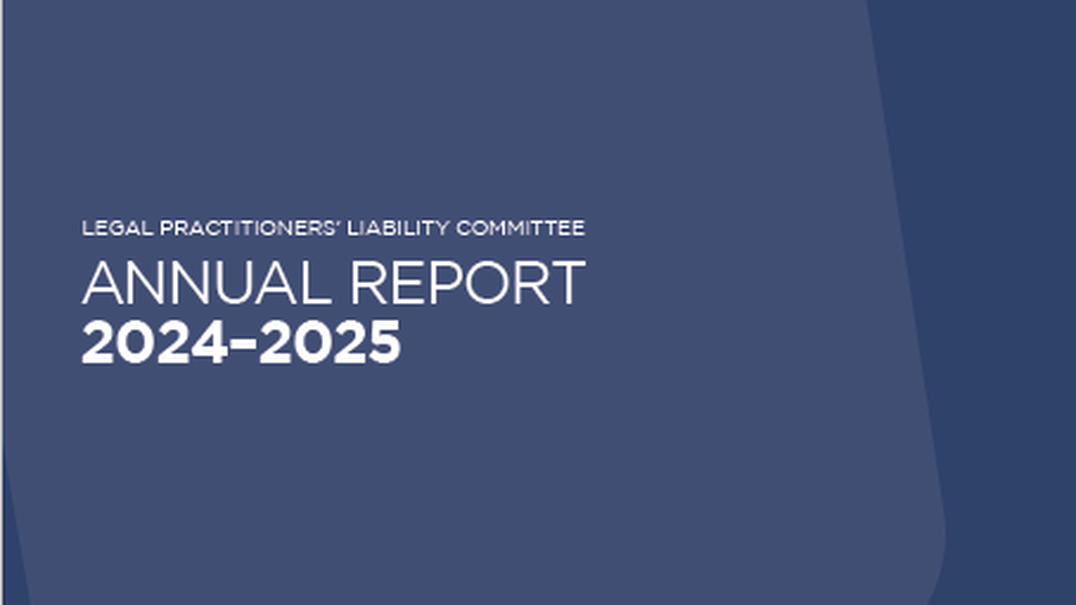Failing to properly identify and manage accessory lots contained in strata or cluster plans can lead to claims against solicitors
Some residential units in older apartment complexes were created by strata or cluster subdivision. Strata or cluster plans can have certificates of title for the residential units, and separately titled accessory lots, for example, a storage space or car park.
If a strata or cluster plan applies and there are accessory lots, the key conveyancing issue for solicitors to consider, is whether the main property title is a restricted lot or an unrestricted lot.
In general terms:
- if the main property title is a restricted lot, then an accessory lot must be transferred with the main property title (where the limited exception under clause 8(b) of Schedule 2 of the Subdivision Act 1988 (Vic) does not apply),
- if the main property title is an unrestricted lot, an accessory lot may be dealt with separately from the main property title, subject to other restrictions, such as owners corporation rules or the requirements under schedule 2 of the Subdivision Act 1988 (Vic) (‘Statutory Requirements’).
To assist solicitors to understand the particular requirements relating to restricted lots and unrestricted lots, Land Use Victoria (‘LUV’) has produced a Guide to dealing with restricted, accessory & carpark lots (‘LUV Guide’). The LUV Guide also contains practical examples of permitted and non- permitted transfers and qualifies the additional requirements for permitted transfers.
Risks associated with conveyancing and restricted or unrestricted lots, and accessory lots
Unfortunately, the LPLC has seen claims against solicitors in conveyancing matters, where the solicitor did not correctly identify and deal with accessory lots.
For example, claims can occur where the main property title is:
- a restricted lot, and the relevant accessory lot was not transferred to the purchaser at settlement, or
- an unrestricted lot, and the accessory lot was transferred to the purchaser along with the main property title, when the vendor intended to retain the accessory lot.
Identifying restricted lots, unrestricted lots, and accessory lots
To assess whether a property contains accessory, restricted or unrestricted lots, solicitors need to carefully review the relevant certificates of title and title diagram of the property and check whether all of the land to be conveyed is contained within the one certificate of title, or whether the property comprises multiple titles including separate certificates of title for accessory lots.
If the lots are contained in a strata or cluster plan, solicitors then need to identify if the main property title is a restricted lot (requiring a transfer of any accessory lots) or an unrestricted lot that may permit any accessory lots to be transferred separately.
LUV has an ‘Interpreting Strata Plans’ brochure, to help solicitors identify and understand strata plans.
Confirming instructions with unrestricted lots
To ensure that the client understands what land is being sold including which lots, solicitors need to provide the relevant advice to the client and confirm the client’s instructions in writing.
For example, when acting for a vendor and the main property title is an unrestricted lot, and any accessory lots can be dealt with separately (see LUV Guide), ensure that the contract of sale of land and section 32 statement correctly particularises and discloses only the lots that the vendor intends to sell to the prospective purchaser.
Conversely, when acting for a purchaser, and the main property title is an unrestricted lot, it is critical that the purchaser understands what land will be transferred.
Key recommendations to minimise risk
To minimise the risks associated with accessory lots, as soon as possible after taking initial instructions, conveyancing solicitors should:
- thoroughly review the title search (or titles searches) and title diagram for the property, to see whether the land being sold is contained within one certificate of title or whether separately titled accessory lots exist.
- check whether the lots are contained in a strata or cluster plan.
- if any lots are contained in a strata plan or cluster plan, assess whether the main property title is a restricted lot or an unrestricted lot, and in turn whether any accessory lots must be transferred with the main property title or not.
- if the main property title is an unrestricted lot, check the owners corporation rules, Statutory Requirements and the LUV Guide as to whether any accessory lots can be retained by the vendor or separately conveyed from the main property title.
- where the main property title is a restricted lot, ensure that the title details of any accessory lots that must be transferred are also disclosed in the section 32 statement and form part of the details of the land being sold in the contract of sale of land.
- provide the relevant advice to the client and confirm the client’s instructions in writing, to avoid the unintended transfer or failure to transfer any separately titled accessory lots.



